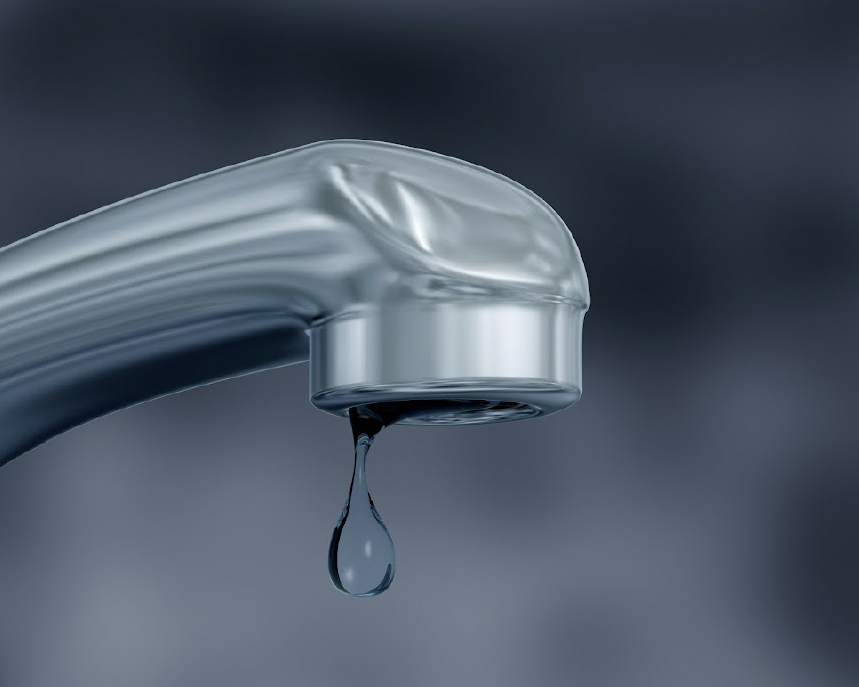Just how to Inspect If Your House Has a Covert Leakage
Request AppointmentJust about everyone is bound to have their unique rationale on the subject of Leaking water lines.

Early detection of dripping water lines can reduce a potential calamity. Some tiny water leakages may not be noticeable.
1. Analyze the Water Meter
Every residence has a water meter. Inspecting it is a proven way that assists you uncover leaks. For beginners, turn off all the water sources. Make certain no one will certainly purge, use the tap, shower, run the cleaning machine or dishwashing machine. From there, most likely to the meter and watch if it will certainly transform. Because nobody is utilizing it, there need to be no movements. That suggests a fast-moving leakage if it relocates. Furthermore, if you detect no changes, wait an hour or two and check back once more. This indicates you might have a sluggish leak that could even be below ground.
2. Inspect Water Intake
Examine your water bills and track your water intake. As the one paying it, you need to observe if there are any inconsistencies. If you find sudden changes, in spite of your consumption coinciding, it means that you have leaks in your plumbing system. Remember, your water costs must fall under the exact same range every month. An unexpected spike in your bill suggests a fast-moving leakage.
At the same time, a stable boost on a monthly basis, even with the exact same routines, shows you have a slow leak that's also slowly escalating. Call a plumber to extensively inspect your building, specifically if you feel a warm location on your flooring with piping underneath.
3. Do a Food Coloring Test
When it involves water intake, 30% comes from toilets. Examination to see if they are running appropriately. Drop specks of food shade in the tank and also wait 10 minutes. If the shade somehow infiltrates your dish during that time without flushing, there's a leakage between the storage tank and bowl.
4. Asses Exterior Lines
Do not neglect to check your outdoor water lines as well. Examination faucets by affixing a yard hose. Ought to water leak out of the link, you have a loosened rubber gasket. Change this as well as make certain all connections are tight. If you've got a sprinkler system, it will help get it expertly analyzed and maintained yearly. One small leakage can squander lots of water and also increase your water expense.
5. Evaluate the circumstance as well as examine
House owners must make it a behavior to examine under the sink counters and also inside cupboards for any bad odor or mold and mildew growth. These 2 red flags show a leak so punctual attention is called for. Doing routine assessments, even bi-annually, can conserve you from a significant problem.
Check for stainings and deteriorating as most pipes and also appliances have a life span. If you presume leaking water lines in your plumbing system, don't wait for it to intensify.
Early detection of dripping water lines can minimize a potential disaster. Some tiny water leaks may not be noticeable. Examining it is a proven means that aids you uncover leakages. One little leakage can throw away tons of water and spike your water costs.
If you believe dripping water lines in your plumbing system, do not wait for it to rise.
WARNING SIGNS OF WATER LEAKAGE BEHIND THE WALL
PERSISTENT MUSTY ODORS
As water slowly drips from a leaky pipe inside the wall, flooring and sheetrock stay damp and develop an odor similar to wet cardboard. It generates a musty smell that can help you find hidden leaks.
MOLD IN UNUSUAL AREAS
Mold usually grows in wet areas like kitchens, baths and laundry rooms. If you spot the stuff on walls or baseboards in other rooms of the house, it’s a good indicator of undetected water leaks.
STAINS THAT GROW
When mold thrives around a leaky pipe, it sometimes takes hold on the inside surface of the affected wall. A growing stain on otherwise clean sheetrock is often your sign of a hidden plumbing problem.
PEELING OR BUBBLING WALLPAPER / PAINT
This clue is easy to miss in rooms that don’t get much use. When you see wallpaper separating along seams or paint bubbling or flaking off the wall, blame sheetrock that stays wet because of an undetected leak.
BUCKLED CEILINGS AND STAINED FLOORS
If ceilings or floors in bathrooms, kitchens or laundry areas develop structural problems, don’t rule out constant damp inside the walls. Wet sheetrock can affect adjacent framing, flooring and ceilings.
https://www.servicemasterbyzaba.com/blog/how-to-detect-water-leakage-in-walls/

We were shown that write-up on Locating water leaks from an acquaintance on another web property. Enjoyed our posting? Please share it. Help another person check it out. Bless you for your time. Come back soon.